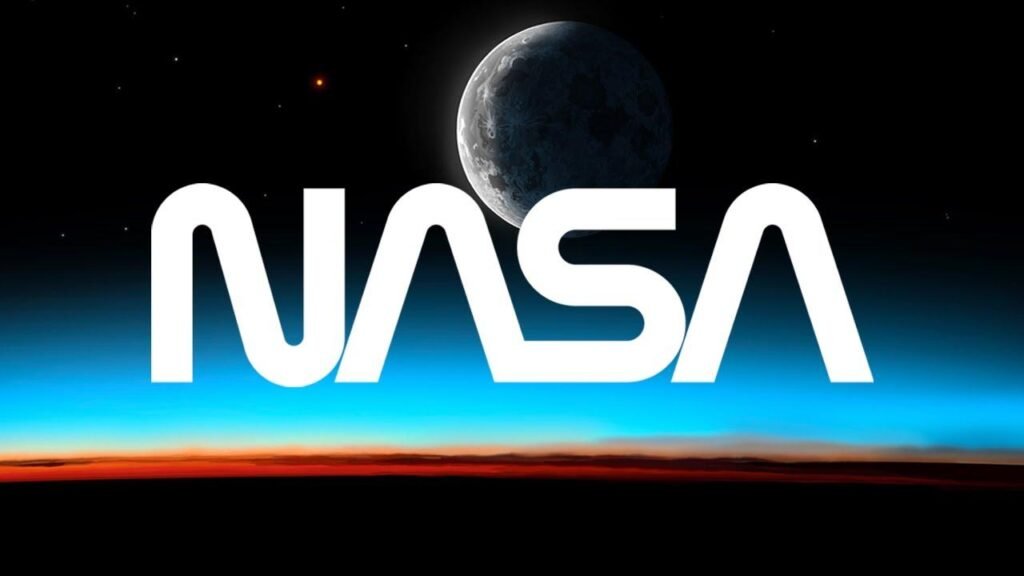Exploring the Final Frontier: The Caribbean Spacewalk of Astronauts Newman and Walz During STS-51 Mission
In the grand tapestry of human space exploration, few events capture the imagination quite like a spacewalk—an awe-inspiring dance between humans and the cosmos, where the boundaries of our world dissolve into the vast unknown. Among the many chapters in the annals of NASA’s storied history, the STS-51 mission stands out not only for its scientific achievements but also for a remarkable moment that came to be known as the ‘Caribbean’ spacewalk. Astronauts Richard Newman and Michael Walz ventured beyond the confines of the Space Shuttle Discovery, becoming pioneers in the quest for knowledge. As we delve into the significance of this extraordinary mission that took place in the vibrant backdrop of our blue planet, we’ll explore the challenges, triumphs, and the spirit of exploration that continues to propel humanity into the heavens. Join us as we trace the footsteps—or rather, the handprints—of these intrepid spacewalkers who illustrated what it truly means to reach for the stars.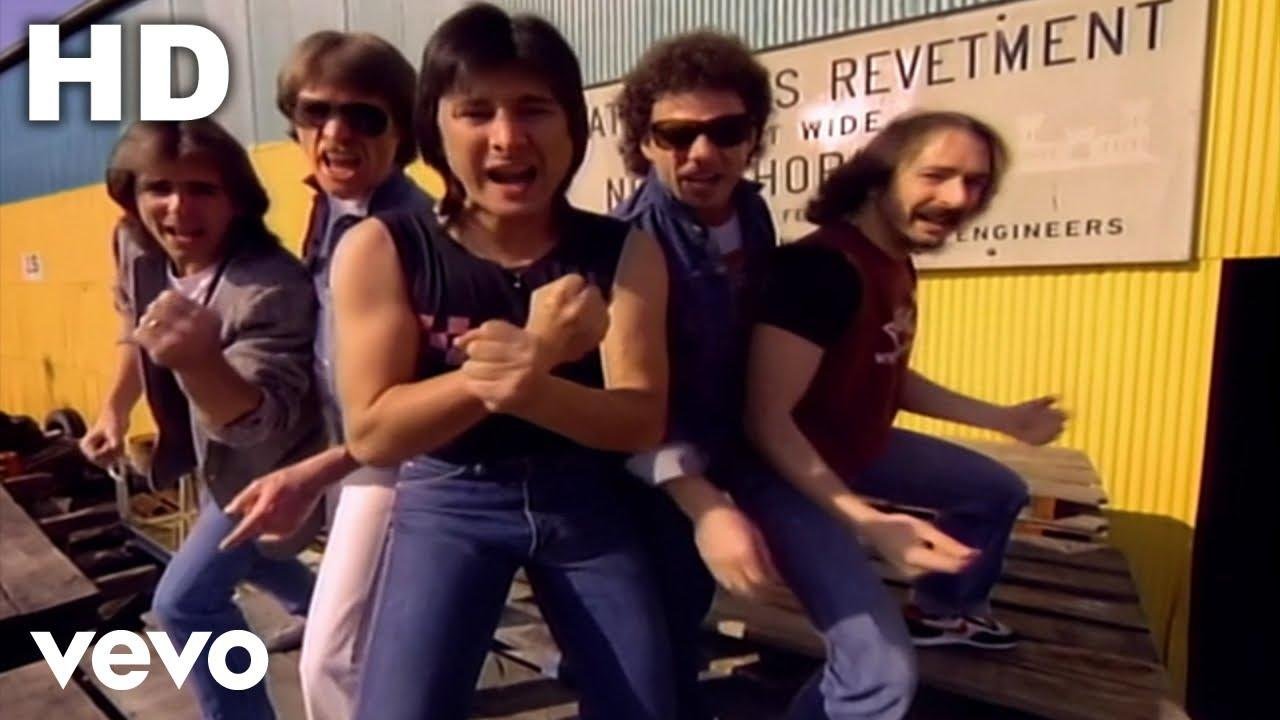
A Journey Beyond Earth: Exploring the Significance of the STS-51 Mission
The STS-51 mission, which launched on September 12, 1993, stands as a pivotal achievement in NASA’s storied history. Embarking on this journey, astronauts Michael Newman and Jeffrey Walz not only pushed the boundaries of human exploration but also expanded our understanding of the intricate tasks involved in spacewalks. The significance of their “Carribean” spacewalk cannot be overstated; it was a feat that involved performing complex maintenance and upgrades on the Space Shuttle Endeavour’s systems while floating in the vastness of space. This activity not only demonstrated the technical prowess of the astronauts but also highlighted the cooperative spirit and teamwork essential for the success of future missions.
- Enhanced Procedure Efficiency: The mission optimized repair techniques that would be crucial for long-term space habitation.
- Data Collection: The astronauts collected valuable scientific data that informed subsequent space missions.
- Public Engagement: The visual spectacle of the spacewalk captivated global audiences, inspiring a renewed interest in space exploration.
Efforts during STS-51 set a precedent for future missions by reinforcing the importance of meticulous planning and execution in extravehicular activities. As we reflect on this mission, it is evident that the advancements made during this time not only contributed significantly to the Shuttle program but also laid the groundwork for the International Space Station and beyond. The pioneering spirit of Newman and Walz exemplified human ingenuity and determination, reminding us that each journey into the cosmos brings with it new challenges and discoveries that shape our understanding of the universe.
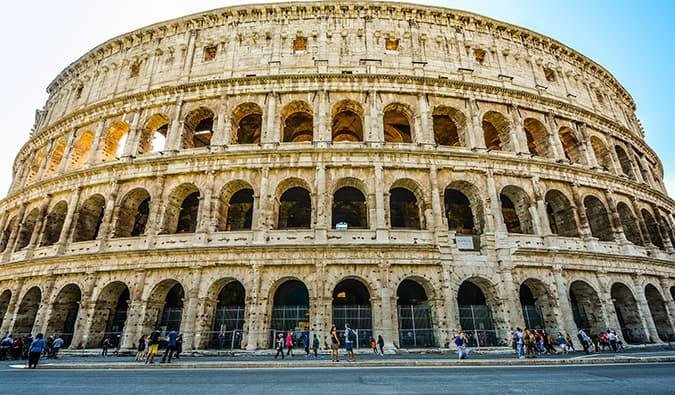
A Closer Look at the Historic Caribbean Spacewalk
The STS-51 mission marked a significant milestone for NASA, showcasing technological ingenuity through the ‘Caribbean’ spacewalk. Conducted on September 12, 1993, this historic event was highlighted by astronauts David Newman and Michael Walz as they ventured beyond the confines of the Space Shuttle Discovery. Their primary objective was to deploy the Tethered Satellite System, a revolutionary project that could harvest energy from the Earth’s magnetic field. Beneath the spectacular backdrop of the Caribbean Sea visible from their perch in low Earth orbit, the astronauts conducted a multitude of tasks, merging science with the breathtaking vistas of our planet.
During their time outside the shuttle, Newman and Walz encountered a range of challenges that tested their skills and resilience as pioneers of space exploration. This extravehicular activity (EVA) not only symbolized the spirit of exploration inherent in NASA’s missions but also laid the groundwork for subsequent advancements in satellite technology. Below is a brief overview of key aspects of the EVA:
| Aspect | Details |
|---|---|
| Date | September 12, 1993 |
| Astronauts | David Newman, Michael Walz |
| Mission Objective | Deploy Tethered Satellite System |
| Duration | Over 6 hours |
| Significance | Advancement in satellite technology |
The historic Caribbean spacewalk not only showcased human ingenuity and determination but also emphasized the collaboration between technology and natural beauty. As Newman and Walz drifted in the vastness of space, they became a part of an extraordinary legacy, one that sparked interest in future missions aimed at exploring the cosmos beyond the limits of our own Earth. Their achievements continue to inspire and shape the path for modern space exploration today.
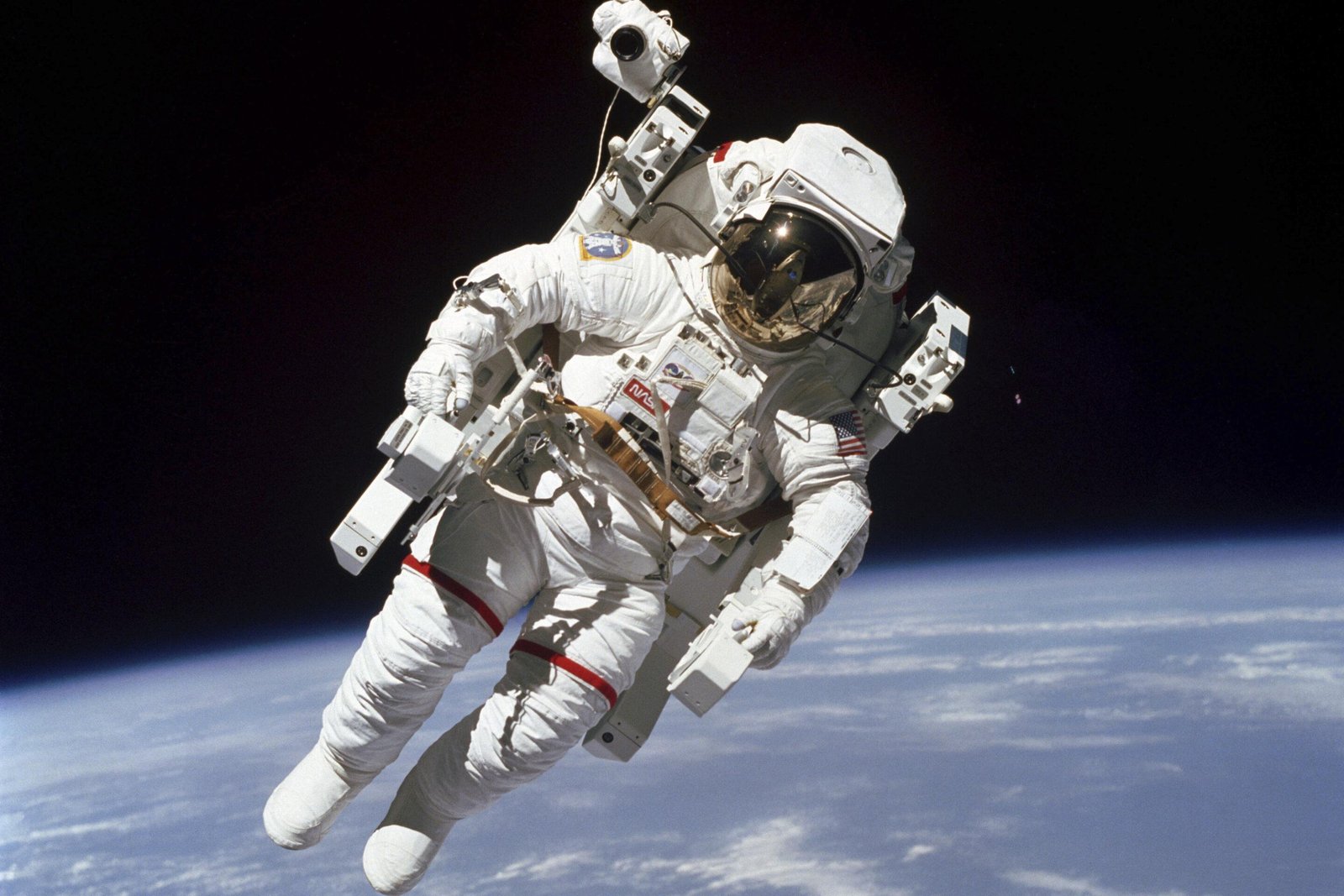
The Pioneering Efforts of Astronauts Newman and Walz
The remarkable contributions of astronauts Newman and Walz during the STS-51 mission stand out in NASA’s history as a testament to human ingenuity and courage. Their ambitious ‘Carribean’ spacewalk went beyond mere exploration; it was a monumental step for scientific research and technology. This historic EVA (extravehicular activity) allowed them to:
- Demonstrate advanced tools and techniques for space repairs.
- Gather crucial data on spacecraft systems.
- Enhance our understanding of zero-gravity environments.
- Set the stage for future long-duration missions.
Newman and Walz’s stellar performance also emphasized the importance of teamwork in the challenging conditions of space. Their meticulous planning and execution not only ensured their safety but greatly improved the efficiency of their tasks. The mission highlighted the innovative techniques they employed, such as using specialized equipment and adapting to unexpected challenges. A brief overview of their achievements during the spacewalk includes:
| Achievement | Description |
|---|---|
| Tool Development | Utilized new tools for effective maintenance. |
| Data Collection | Performed experiments that advanced our understanding of materials in space. |
| Collaboration | Worked seamlessly as a duo, showcasing NASA’s commitment to teamwork. |
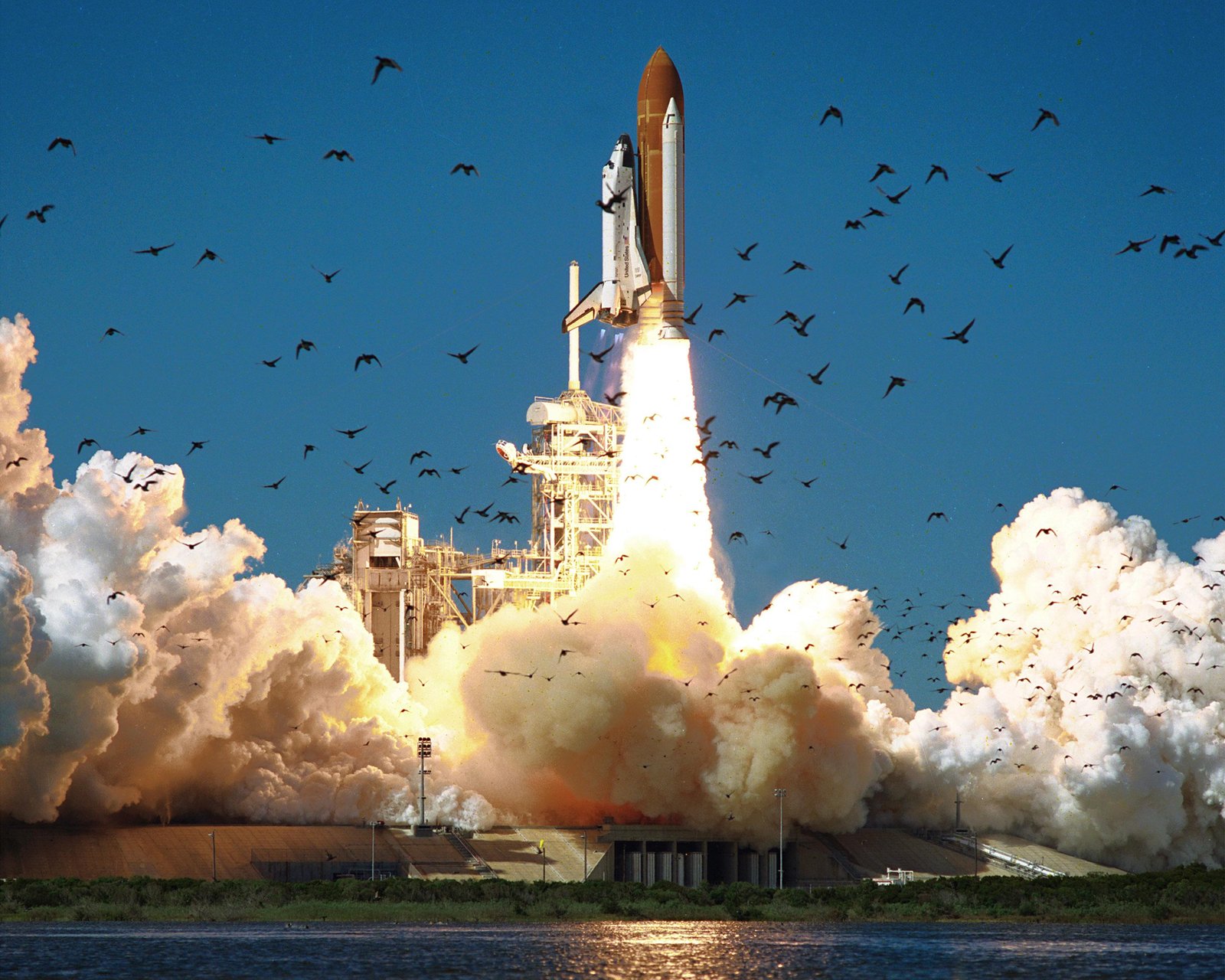
Lessons from STS-51: Recommendations for Future Spacewalks and Missions
In the wake of the remarkable STS-51 mission, the lessons learned from the Caribbean spacewalk conducted by astronauts Newman and Walz offer invaluable insights for future space endeavors. The successful execution of complex tasks in a microgravity environment highlighted the necessity of rigorous pre-mission training and simulation. To enhance performance in future spacewalks, it is crucial to establish more comprehensive training protocols that incorporate unpredictable scenarios. Key recommendations include:
- Enhanced Team Coordination: Practice in varied team formations to strengthen communication and collaborative problem-solving.
- Increased Use of Virtual Reality: Implement VR-based training modules to simulate real-time challenges faced during spacewalks.
- Robust Equipment Testing: Conduct detailed assessments of tools and technology to ensure reliability under extreme conditions.
Another significant lesson from STS-51 involves the careful analysis of environmental factors affecting astronaut performance outside the spacecraft. Factors such as space debris and micrometeoroid impacts must be continually assessed to refine safety protocols. Furthermore, adjusting mission timelines to accommodate the well-being of the astronauts could significantly enhance operational efficiency. The following considerations are essential:
| Consideration | Impact on Future Missions |
|---|---|
| Environmental Monitoring | Increased Safety Measures |
| Fatigue Management | Improved Astronaut Performance |
| Risk Assessment Protocols | Enhanced Decision-Making |
Q&A
Q&A: NASA HISTORY – Astronauts Newman and Walz Conducted ‘Carribean’ Spacewalk During STS-51 Mission
Q1: What was the STS-51 mission, and when did it take place?
A1: The STS-51 mission, part of NASA’s Space Shuttle program, launched on September 12, 1993. It was primarily focused on deploying the Advanced Communications Technology Satellite (ACTS) and conducting various scientific experiments.
Q2: Who were the astronauts involved in the ‘Carribean’ spacewalk?
A2: The astronauts who conducted the ‘Carribean’ spacewalk during STS-51 were Mission Specialist Mark C. Lee and Payload Specialist John M. Lounge. Their spacewalk is notable for its unique name reference.
Q3: Why is the spacewalk referred to as the ‘Carribean’ spacewalk?
A3: The spacewalk earned the nickname ‘Carribean’ due to its vibrant backdrop—the Caribbean Sea, which was visible from the shuttle’s perspective as the astronauts worked outside. The stunning view and the geographical reference added a memorable touch to the activity.
Q4: What were the main objectives of this spacewalk?
A4: The primary objectives of the ‘Carribean’ spacewalk included testing equipment for future missions, conducting maintenance tasks, and performing upgrades to the shuttle. It was also an opportunity to understand the behavior of various technologies in the vacuum of space.
Q5: How long did the spacewalk last, and what was the experience like for the astronauts?
A5: The ‘Carribean’ spacewalk lasted approximately 6 hours, offering the astronauts an exhilarating experience in microgravity. They reported feelings of awe and wonder while working outside, surrounded by the breathtaking view of Earth below.
Q6: What significance did this mission hold in the broader context of space exploration?
A6: The STS-51 mission, especially the ‘Carribean’ spacewalk, contributed to the advancement of space exploration technology and operations. It provided valuable data for future missions and demonstrated the importance of human capability in conducting repairs and maintenance in space.
Q7: Are there any lasting impacts from the STS-51 mission?
A7: Yes, the STS-51 mission helped lay the groundwork for future space missions, particularly in understanding how astronauts interact with space environments. It also inspired advancements in astronaut training and equipment design used in subsequent missions.
Q8: Where can readers find more information about this historic spacewalk?
A8: Readers interested in learning more about the STS-51 mission and the ‘Carribean’ spacewalk can visit NASA’s official website, which offers archives of mission reports, video footage, and detailed accounts from the astronauts themselves. Additionally, books and documentaries about the Space Shuttle program provide further insights into this remarkable era of space exploration.
Key Takeaways
In the vast expanse of space, where dreams meet reality, the legacy of astronauts John Newman and Jerry Walz continues to inspire generations. Their remarkable Caribbean spacewalk during the STS-51 mission serves as a testament to human ingenuity and the adventurous spirit that drives exploration beyond our planet. As we reflect on this pivotal moment in NASA’s history, we are reminded not only of the technical achievements that allowed for such daring endeavors but also of the collaborative spirit that fuels progress in the pursuit of knowledge. Every spacewalk, every mission is a stepping stone into the cosmos, paving the way for future explorers. As we look to the stars, let us honor the pioneering efforts of Newman, Walz, and countless others who dared to venture into the unknown, urging us all to keep reaching for the skies. The journey continues.

